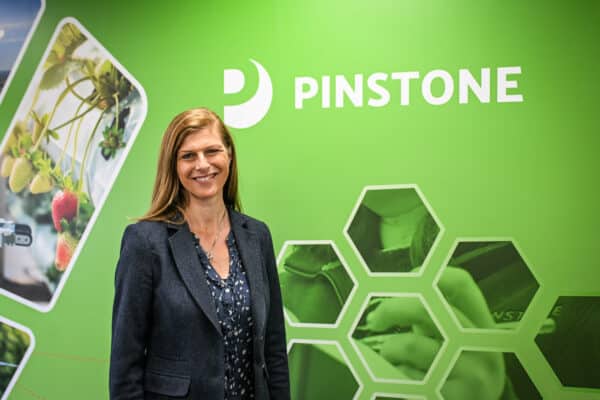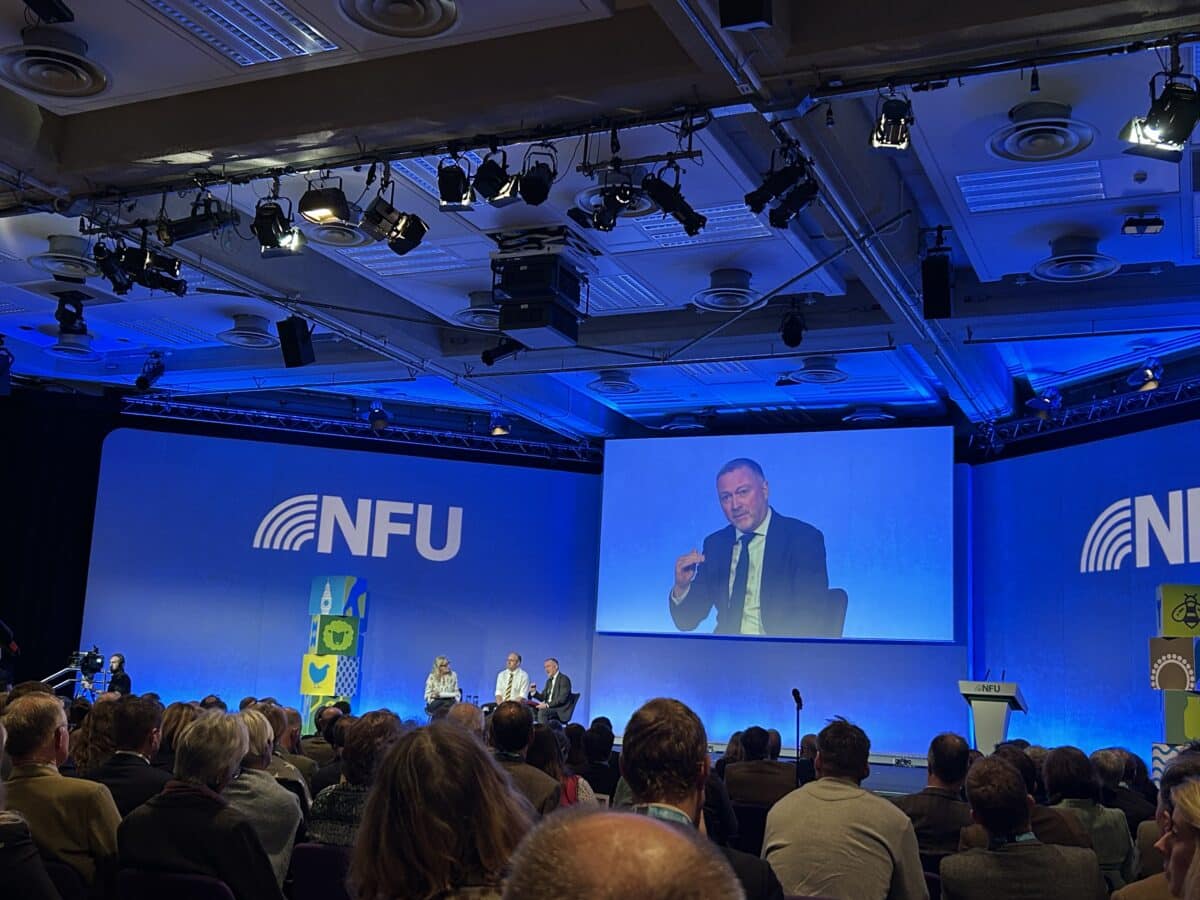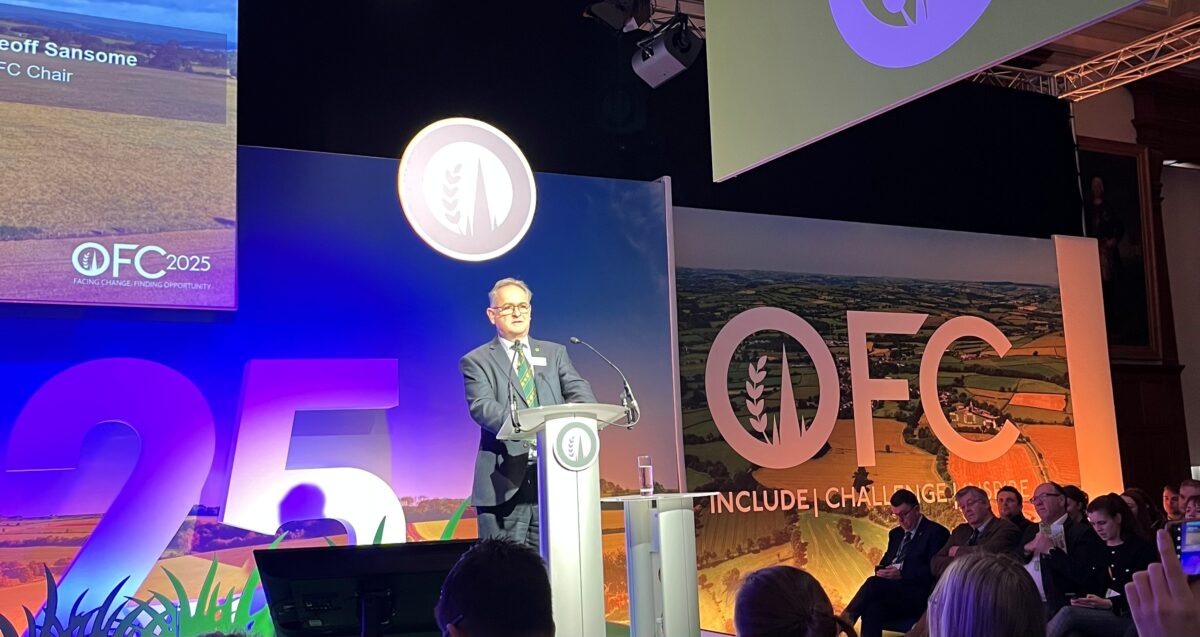At Pinstone, whitepapers and reports are valuable PR communication tools. They add credibility to our client’s messages and can form the bedrock of entire campaigns.
The Three-Step Process
In this blog we delve into the three-step process involved in piecing together extensive cross sector knowledge to bring reports and whitepapers, such as the National Food Strategy, to fruition.
When undertaking research for a whitepaper, choosing the right data-gathering method is key. Factors to consider include the depth of the information, the target audience and the reason for gathering it.
The research used to feed the National Food Strategy was based on a programme of engagement. A smart move because keeping target audiences involved from the outset encourages shared responsibility for implementation.

The team used a public ‘Call for Evidence’ from citizens and people working across the food system. They discussed the most challenging ideas in focus groups and with citizens at “deliberative dialogues” held around the country. Focus groups are effective for data collection because they enable in-depth insights and can clarify and test pre-conceived notions.
Expert Interviews and Literature Reviews
For many clients, we interview experts in the sector. It’s a useful way of gathering information on first-hand experience and in-depth knowledge. We also conduct literature reviews of research and academic sources to provide a foundation for knowledge on a topic, prevent duplication of work and identify the need for additional research. The National Food Strategy team undertook a literature review to assess policy ideas from around the world.
The execution of a whitepaper or report should not be overlooked as a mere vehicle for information. Crafting the message in the right way will significantly influence engagement and action. People’s average attention span is reported to amount to just eight seconds. To put it in perspective, the attention span of your average goldfish is nine seconds!
The copywriting and design skills used to disseminate information in the National Food Strategy make it engaging to read. It’s been broken down into colour coded sections to make it easier to navigate. Graphics and infographics in the form of tables, graphs and maps grab the reader’s attention.
The National Food Strategy was created as an interactive PDF that can be viewed online, anywhere, anytime alongside ‘bitesize’ animations. This helps with accessibility and reach.

Complementary Communication Tools
Let’s not forget there are many other ideas in the comms ‘toolbox’ that could complement or even replace a whitepaper or report while still convey important information. For example, video content could be used to summarise a report or key sections within a full-length version. Webinars, podcasts, infographics, animations and in-person events are other channels we have used at Pinstone to make ‘big data’ digestible.
The main thing to take away is that it’s important whitepapers and reports shouldn’t be created to just sit at the back of an archive gathering dust. They should form the groundwork for a long-term engagement campaign to repeatedly reach your target audience and influence meaningful change.
Luckily, we live and breathe the food and farming supply chain at Pinstone so we understand and can reach the target audiences our clients typically want to engage with, helping them not only become part of conversations but to lead them.
Organising interactive press launches, creating and delivering webinars, securing speaker or presentation slots at events and ensuring in print and online coverage to showcase a client’s whitepaper or report through our strong media connections are just some of the ways we do this.

Building a Community of Support
Judging by the fantastic amount of coverage the National Food Strategy has and continues to receive, and the reception from the majority of the farming industry, Henry Dimbleby and his team have made sure the conversation around it doesn’t stop while being empathetic to the issues. Making the canny decision to build a strong community of support by working in partnership with industry and civil society organisations also means that the recommendations within it are easier for government to act upon.
Listen in to the AFCC to hear from John Shropshire of G’s Fresh and Oxtale’s Amy Jackson to learn about the communication challenges Henry Dimbleby came up against when creating and promoting the National Food Strategy.






















